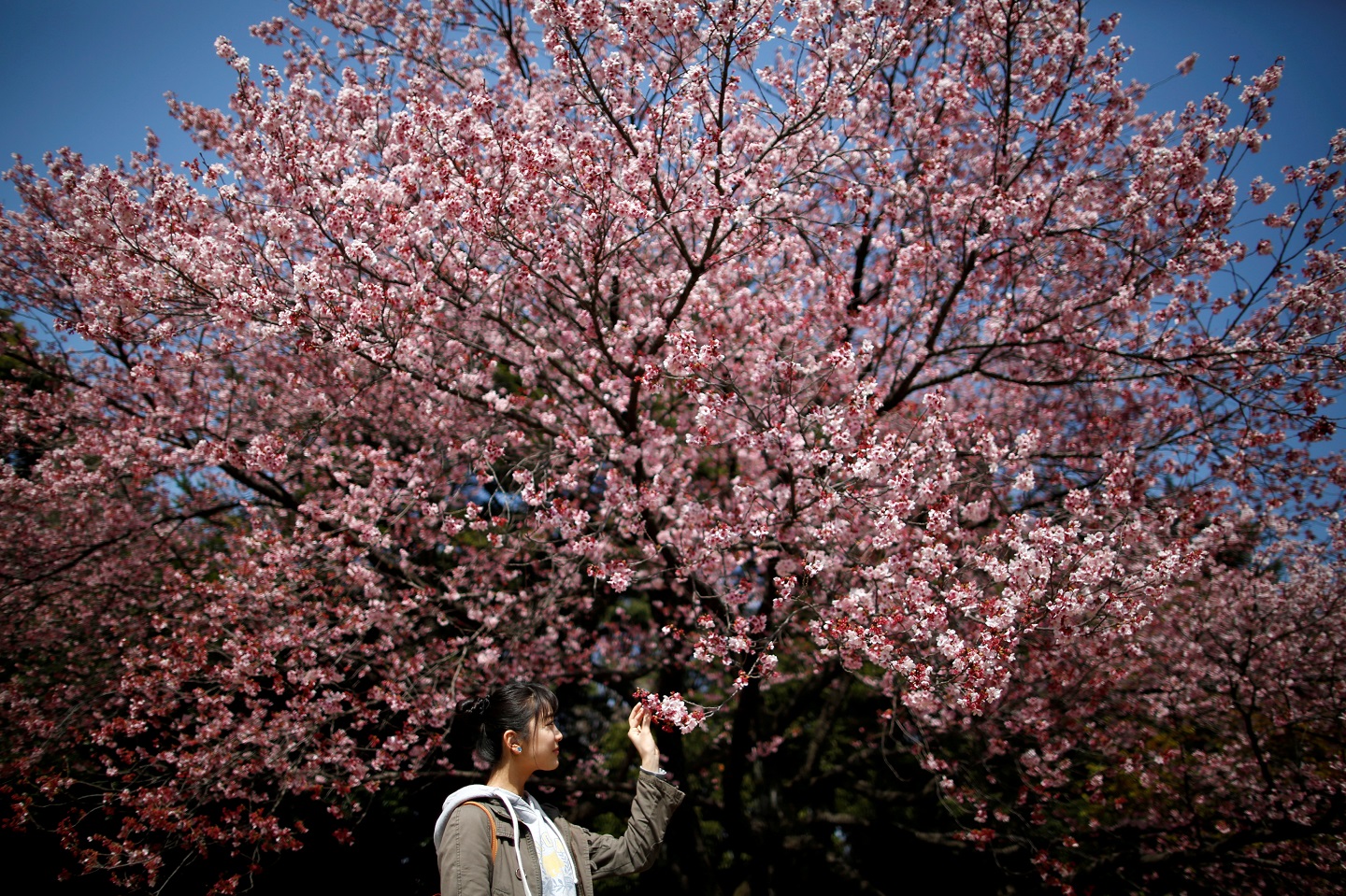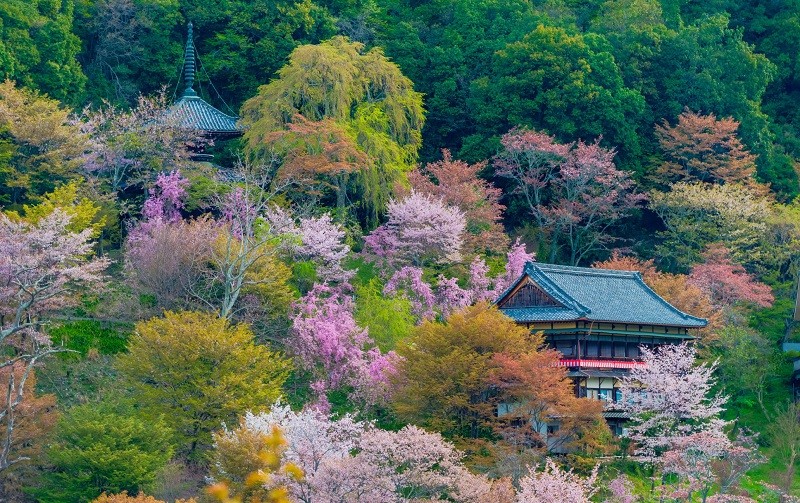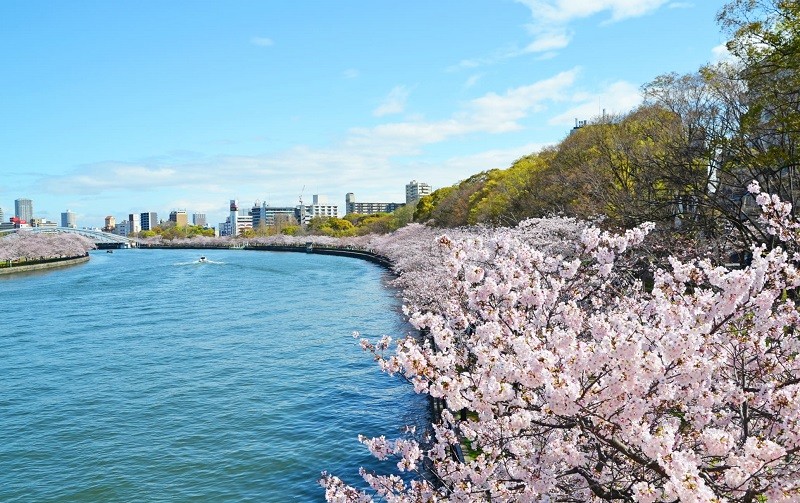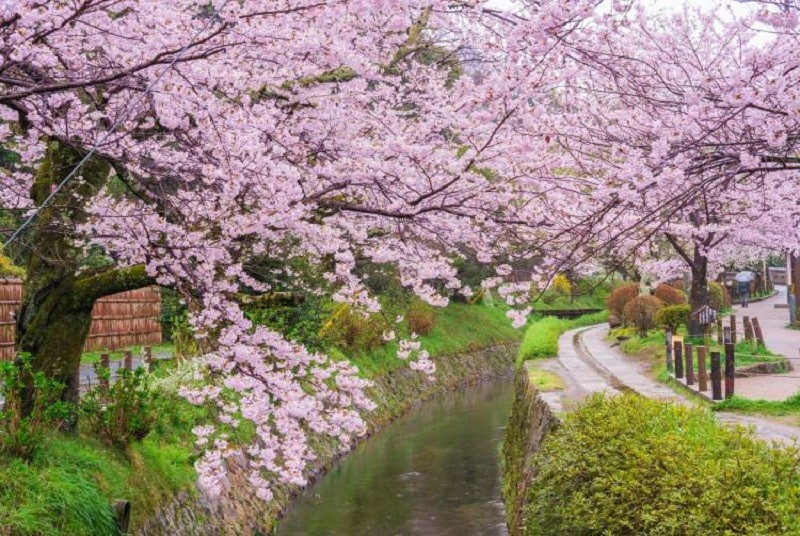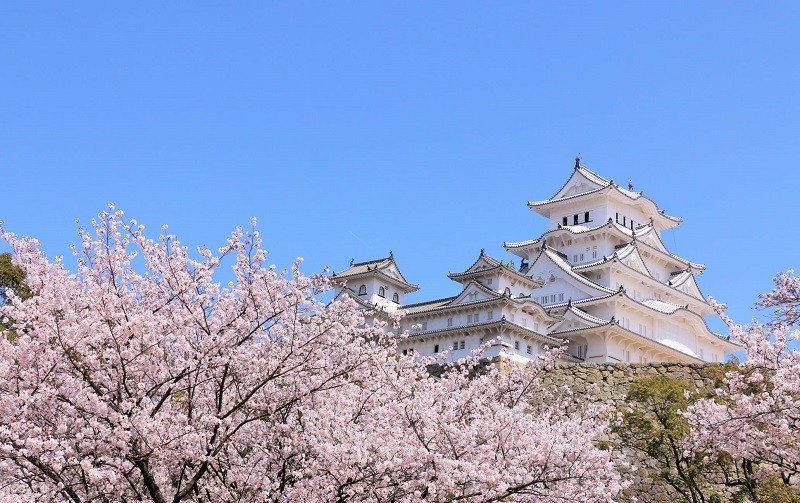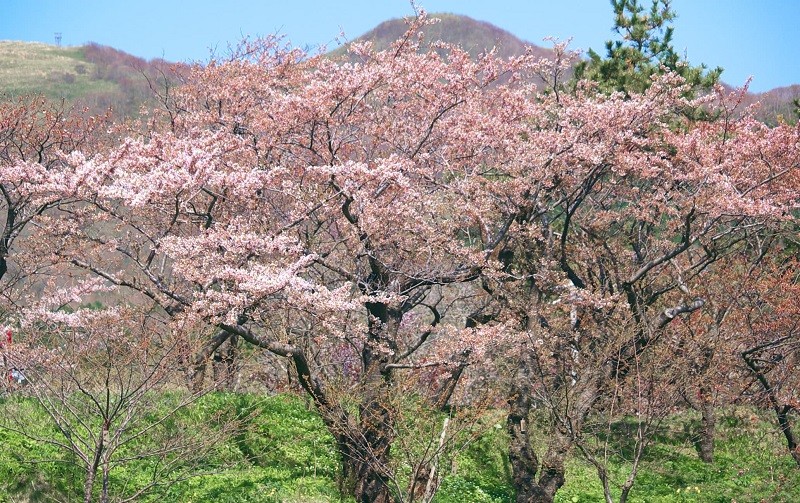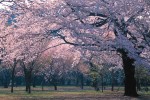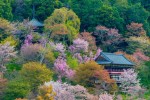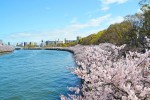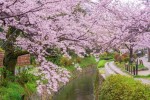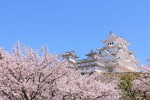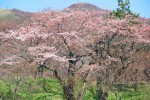During spring in Japan, delicate cherry blossoms come into full view, bursting with luminescent petals that range from the softest cotton candy-pink to the shade that tints our rosé champagne. But the core meaning of hanami, the longstanding Japanese traditional of sakura viewing, is more than simply enjoying the beautiful trees. Their flowers – Japan’s pride and most iconic natural symbols – embody the Wabi-Sabi philosophy and Shinto ideals of impermanence. They are representative of the transience of life. Thanks to a forecast from the Japan Meteorological Corporation, you can now decide when and where to travel to for hanami.
Such is the beauty of sakura, a national emblem so firmly tied to the culture and identity of a country and yet fades away ever-so-quickly when the seasons change. Transient they may be, they are a stark reminder that living is truly in the now.
TOKYO
Shinjuku Gyoen
Both Ueno Park and Shinjuku Gyoen are hot spots for cherry blossom viewing in Tokyo. The former, with more than 1,000 trees lining the street towards the National Museum, may be prettier but the Shinjuku Gyoen National Park is less crowded as there are more quiet and spacious lawn areas for you to enjoy hanami. Did we also mention that Shinjuku Gyoen has more than a thousand trees with over a dozen varieties?
Estimated best viewing date: Mar 29 to Apr 3
NARA
Mount Yoshino
It seems almost clichéd to recommend Mount Yoshino but it’s irrefutably still the most popular place to take in the sights of full blooming sakuras. There’s a solid reason why visitors have returned to Mount Yoshino during spring for years – the mountain range is hemmed in with at least 30,000 cherry trees, all scattered across the World Heritage Listed temples and shrines that crowd the mountainside. Yatai food stalls are aplenty near the ridge of the mountain, adding a festive cheer to the scenic route.
Estimated best viewing date: Mar 29 to Apr 6
OSAKA
Kema Sakuranomiya Park
Endless rows of cherry trees stretch as far as the eye can see at this 4.2km promenade next to the Okawa River. The medium-sized ornamental Yoshino hybrid cherry is a clear favourite, and the flowers can be seen when you amble along the pavement or from the deck of a river cruise. The wraparound view of retro buildings from early Meiji period like the Japanese Mint Bureau and the Senpukan (a western-style guest house where the Meiji Emperor stayed in during his visit to Osaka in 1872) lends a nostalgic vibe.
Estimated best viewing date: Mar 27 to Apr 4
KYOTO
The Philosopher’s Walk (Tetsugaku no michi)
Nothing heralds spring like the burst of cherry blossom flowers along this famous path – flanked by 500 trees at least – in Kyoto. A favourite among hanami-goers (cats too!), the route created in 1890 continues for about 2km up to Gingakuji Temple along the Lake Biwa Canal, which supplied water to city folks. This particular path was renamed to Philosopher’s Walk in 1972 after revered 20th-century philosopher and university professor Kitaro Nishida who was thought to have used it for daily meditation.
Estimated best viewing date: Mar 27 to Apr 3
HYOGO
Himeji Castle
Located just a 10-minute walk from the JR Himeji Station is the majestic Unesco World Heritage-listed Himeji Castle, one of Japan’s most significant historic buildings that survived 400 years through earthquakes, bombing raids, war and fire. The castle grounds are bathed in pink come spring, making it the perfect backdrop for the Cherry Blossom Viewing Festival on San-no-Maru Square (Apr 7), which will be featuring recitals of traditional Japanese musical instruments such as harps and wadaiko drums.
Estimated best viewing date: Mar 26 to Apr 3
HOKKAIDO
Matsumae Park
Boasting a minimum of 250 sakura varieties and cherry blossom trees that are over 300 years old, Matsumae Park seems almost like a museum of sakura. Located just west of Cape Shirakami, the southernmost point of Hokkaido, Matsumae was a former castle town led by the government of the Matsumae clan. The park is suffused with early and later flowering cherry trees, which means it has a long blooming season that lasts well into May. We suggest you head there at night for a change – the atmosphere surrounding the illuminated castle, which seemingly floats in the darkness above the trees, is truly magical.
Estimated best viewing date: Apr 29 to May 3
